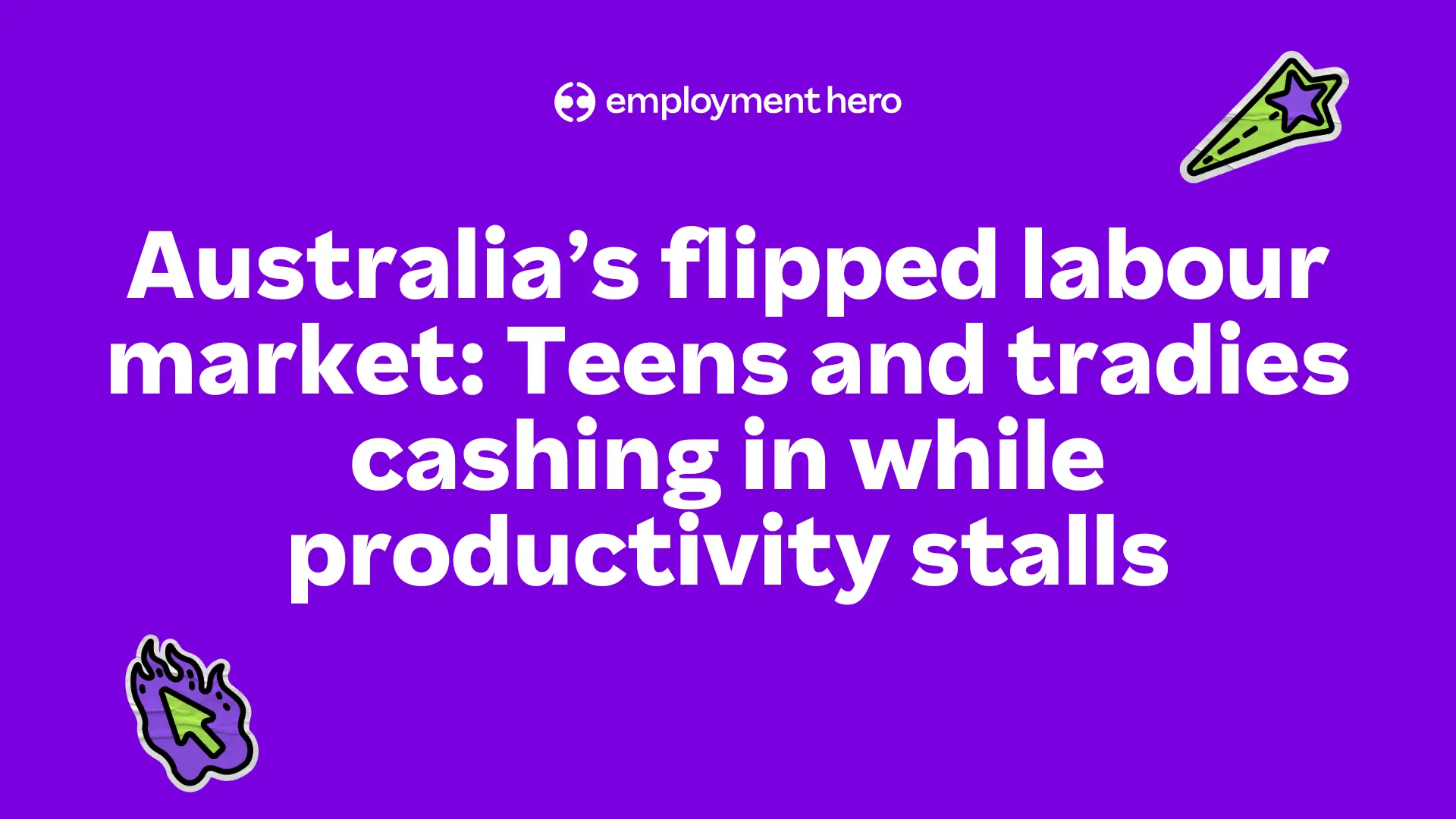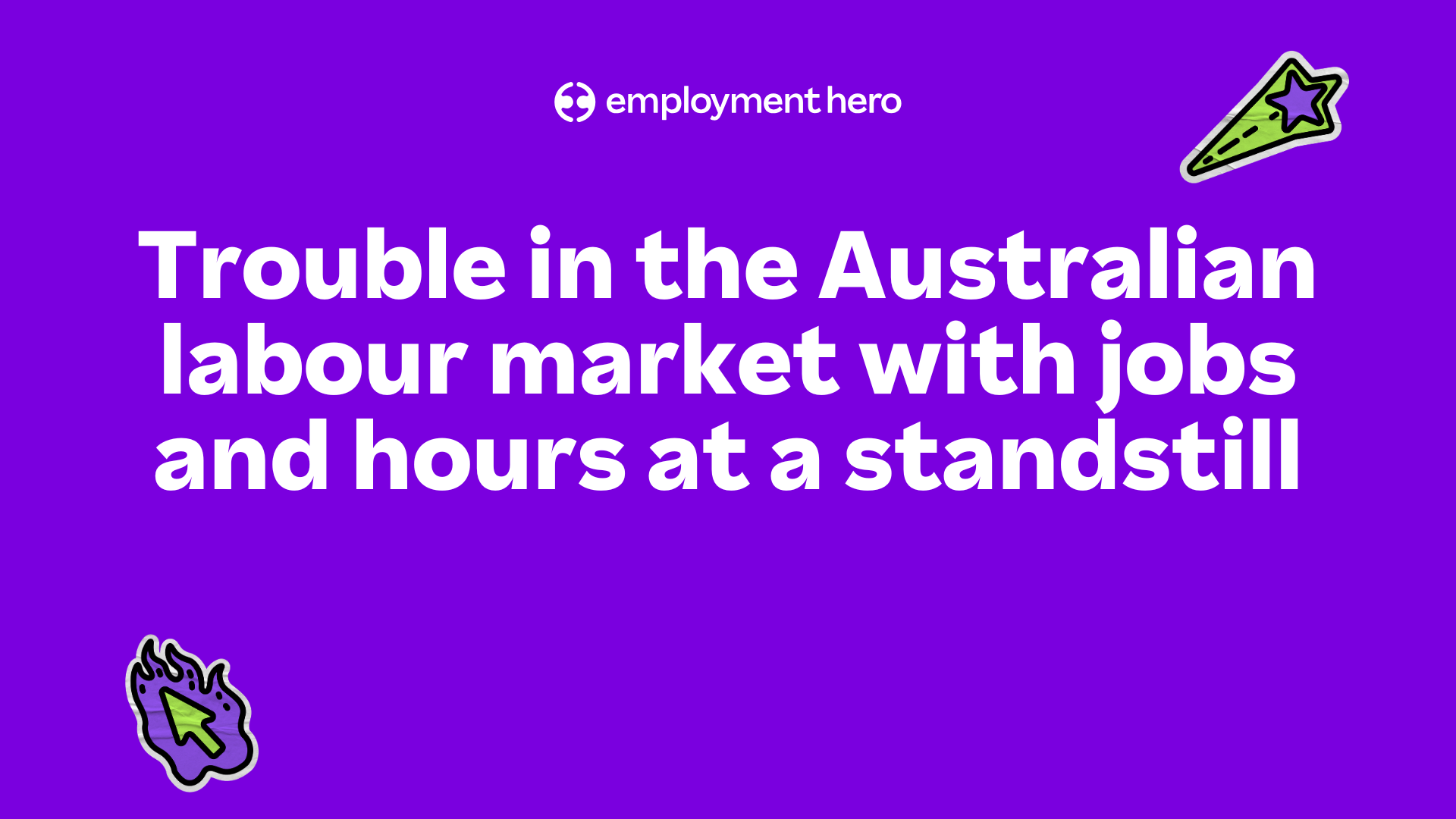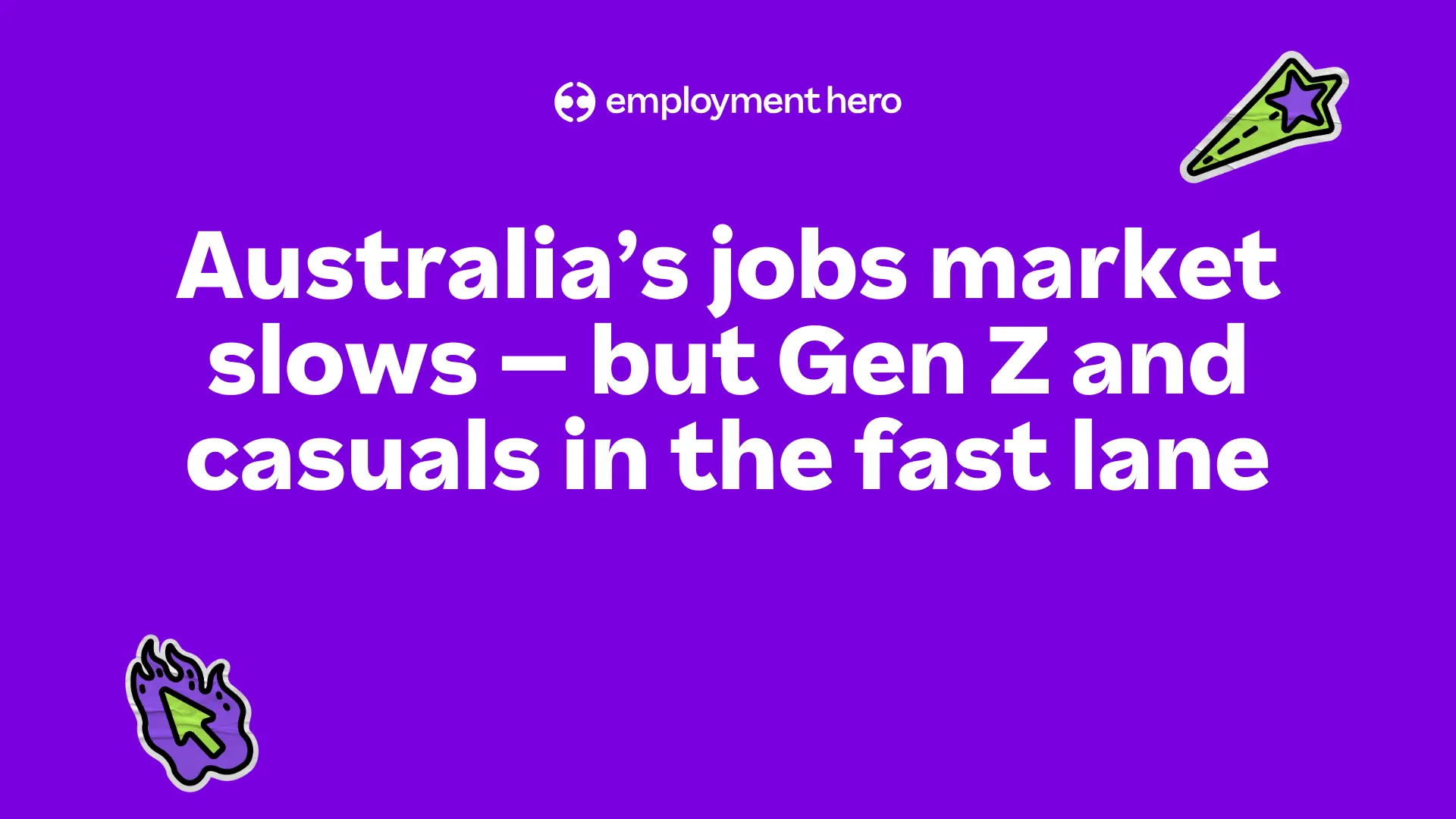7 Common HR policy blindspots to avoid
Here are seven common policy blindspots that businesses often overlook—and how to avoid them.

Tommy Sim is the Managing Director of Inject HR – an Australian HR provider supporting small to medium-sized businesses with a wide range of services, ranging from HR advisory to performance management, through to drafting HR policies and leadership development. Being an expert in all things people management, Tommy knows first-hand what businesses get wrong when it comes to HR policies. To better protect your business and team, he’s shared some common HR policy blindspots to avoid in this insightful article. Inject HR has been a valued Referral Partner in the Employment Hero Partner Network for the past 12 months, helping businesses navigate their HR challenges.
Effective HR policies are key to creating a well-organised and compliant workplace. They set clear expectations, ensure consistency, and help manage risks. On the other hand, ineffective policies leave gaps that can result in confusion, inconsistent practices, and even legal vulnerabilities. It’s easy for certain blindspots to go unnoticed.
Whether you’re refining existing policies or developing new ones, identifying and addressing these blindspots is crucial to ensuring your policies truly support your business objectives.
Here are seven common policy blindspots that businesses often overlook—and how to avoid them.
1. Your policies are outdated
Problem: Many organisations rely on policies that were created years ago, often neglecting to update them in line with evolving laws, technological advancements, or shifts in workplace culture. As a result, these outdated policies may no longer provide adequate guidance or protection, leaving the business exposed to risks.
Solution: Implement a regular review process to keep your policies aligned with current legal requirements, industry trends, and company values. For example, with the recent changes to casual employment laws, it’s important that businesses update their policies to reflect these adjustments. Aim for an annual or biannual review, and involve key stakeholders from different areas of the business for comprehensive updates. This proactive approach will help ensure your policies remain relevant, practical, and effective in guiding both employees and leadership.
2. You think “nothing will go wrong here”
Problem: Complacency can lead to inadequate policies or a lack of preparedness, leaving your organisation exposed to unforeseen risks. Assuming that “nothing will go wrong” can result in policies that don’t cover crucial scenarios, such as employee disputes, workplace injuries, or changes in employment status. For example, if you don’t have a bullying policy in place and one of your employees raises a case against a colleague, you may be left vulnerable to incidents that could lead to legal consequences. Similarly, an outdated grievance procedure may leave you unprepared to handle employee complaints effectively, causing them to escalate unnecessarily.
Solution: Be proactive by regularly conducting risk assessments and planning for potential issues within your organisation. Ensure your policies cover a wide range of contingencies, from workplace safety and compliance to employee misconduct. If you’ve been operating under the assumption that everything is fine, it’s worth taking a fresh look at your HR policies to ensure they’re not outdated or leaving gaps that expose your business.
3. Each policy is not signed off or you can’t find the signed copy
Problem: Uncertainty around whether employees have acknowledged and understood your policies can leave your business vulnerable. Without documented proof of employee sign-offs, you risk facing situations where employees claim they were unaware of certain policies, potentially leading to disputes or legal complications. For instance, if an employee violates a policy and claims ignorance, enforcing disciplinary actions becomes far more challenging without a signed acknowledgment.
Solution: Implement a reliable and trackable system for managing policy sign-offs. Digital platforms, like Employment Hero, can streamline this process by allowing employees to access policies, review them online, and sign off digitally. These tools also enable you to generate compliance reports, ensuring you have a clear record of acknowledgments. Regular audits should also be conducted to confirm that all signed copies are securely stored and accessible when needed.
4. Policies are never re-issued to employees once they start
Problem: Policies are often issued during onboarding but rarely revisited, leaving employees unaware of updates or new policies. As a result, employees may be operating under outdated guidelines, which can lead to confusion, non-compliance, or mistakes.
Solution: Re-issue key policies periodically or whenever significant updates occur. It’s essential to keep employees informed about any changes to policies, whether related to workplace safety, conduct, or compliance. Digital platforms, such as Employment Hero, can automate this process, ensuring that updated policies are consistently distributed and acknowledged. Regular reminders and updates will help employees stay aligned with the latest company standards and reduce the risk of miscommunication or non-compliance.
5. There is no training or communication on the policies
Problem: Policies are ineffective if employees are unaware of them or don’t fully understand their implications. Without proper communication and training, employees may overlook critical policies or misinterpret them, leading to inconsistent practices or compliance issues. For example, an unclear leave policy could result in employees taking unauthorised time off, or a misunderstood travel policy could result in employees claiming expenses that they’re ineligible for.
Solution: Make policy training a fundamental part of your onboarding process and provide regular refreshers. Use diverse communication methods—such as workshops, e-learning modules, or team meetings—to reinforce understanding and ensure employees know how to apply policies in their daily work.
6. They’re poorly written
Problem: Ambiguously worded policies can lead to misinterpretation, inconsistency in employee and manager behaviour, and confusion. When policies are unclear, employees may struggle to follow them properly, resulting in unintended policy violations. For example, a poorly worded overtime policy could lead to misunderstandings about eligibility and payment, creating friction between employees and management.
Solution: Invest in creating policies that are clear, concise, and easily accessible. Use plain language and avoid jargon to ensure everyone can understand them, regardless of their role or background. It’s also important to have policies reviewed by legal professionals or HR experts to ensure they are both legally sound and practical. Regular feedback from employees is also invaluable—it can highlight areas of confusion that may need rewording or clarification, ensuring the policies remain easy to follow and implement.
7. Managers have no idea what any of the policies mean
Problem: If managers are unfamiliar with policies, they can’t enforce them effectively, leading to inconsistent application across the organisation. This inconsistency can cause confusion and frustration among employees, who may feel unfairly treated depending on how policies are applied. For example, if a manager doesn’t fully understand the company’s leave policy, they might approve requests in a way that conflicts with HR guidelines, leading to dissatisfaction and misunderstandings.
Solution: Well-informed managers are crucial for ensuring consistency in applying policies across the organisation. By training managers to fully understand HR policies, businesses can reduce confusion and ensure fair treatment for all employees. Regular training and communication sessions are key to keeping managers up-to-date on policy changes, which helps them confidently handle questions or issues as they arise. Equipping managers with this knowledge not only improves compliance, but also strengthens the overall employee experience.
The wrap up
By addressing these common blindspots, you can create a more compliant, cohesive, and informed workplace. Ensuring that your HR policies are up-to-date, clearly communicated, and understood by all employees will help your organisation avoid unnecessary pitfalls and create a more positive work environment.
About the author
This blog was authored by Tommy Sim, Managing Director of Inject HR. Inject HR is an Australian HR provider supporting small to medium-sized businesses with a wide range of services, including HR advisory, managing employee relations, developing HR policies, comprehensive HR administration, performance management, and leadership development.
Related Resources
-
 Read more: Australia’s flipped labour market: Teens and tradies cashing in while productivity stalls
Read more: Australia’s flipped labour market: Teens and tradies cashing in while productivity stallsAustralia’s flipped labour market: Teens and tradies cashing in while productivity stalls
Australia’s flipped labour market sees teens and tradies cash in. Wages are surging for youth and construction, but falling hours…
-
 Read more: Trouble in the Australian labour market with jobs and hours at a standstill
Read more: Trouble in the Australian labour market with jobs and hours at a standstillTrouble in the Australian labour market with jobs and hours at a standstill
Employment Hero June Jobs Report reveals abysmal growth. Jobs and hours remain flat month-on-month, signaling a stalled recovery despite recent…
-
 Read more: Australia’s jobs market slows – but Gen Z and casuals in the fast lane
Read more: Australia’s jobs market slows – but Gen Z and casuals in the fast laneAustralia’s jobs market slows – but Gen Z and casuals in the fast lane
Australia’s job market slows but Gen Z surges. Casual jobs jumped 10.1% and teen hiring rose 27% as employers shift…

























